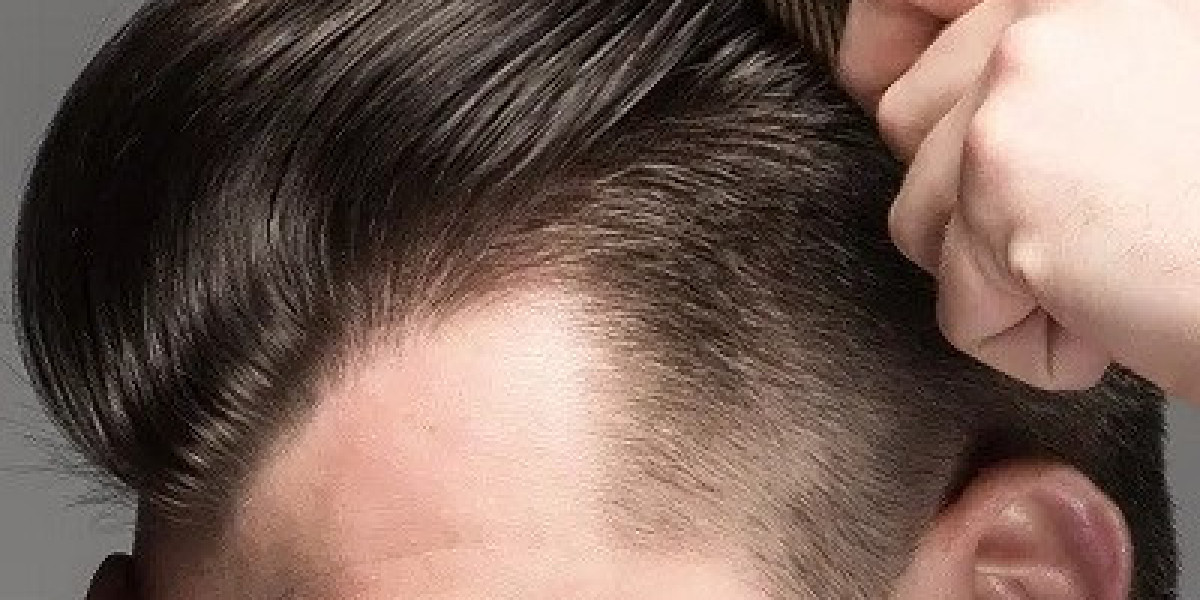Hair loss can be a distressing experience, affecting self-esteem and confidence. Follicular Unit Extraction (FUE) hair transplant offers an effective and minimally invasive solution to restore hair growth naturally. This article provides a detailed, step-by-step guide on how the FUE hair transplant procedure works, from initial consultation to post-procedure care.
Step 1: Initial Consultation
The journey to restoring your hair with FUE in Islamabad begins with an initial consultation with a qualified hair transplant specialist. During this session, the surgeon will:
- Assess your hair loss pattern and the extent of baldness.
- Examine your scalp to determine the quality and density of your donor hair.
- Discuss your medical history and any previous hair treatments.
- Set realistic expectations and explain the potential outcomes of the procedure.
This step is crucial for creating a personalized treatment plan tailored to your specific needs and goals.
Step 2: Pre-Procedure Preparation
On the day of the procedure, several preparatory steps ensure a smooth and successful transplant:
- Hair Trimming: The donor area, typically the back or sides of the scalp, is trimmed to allow easier access to the hair follicles.
- Local Anesthesia: Local anesthesia is administered to both the donor and recipient areas to ensure the procedure is pain-free.
Step 3: Follicle Extraction
The actual FUE procedure begins with the extraction of hair follicles:
- Micro-Punch Tool: A specialized micro-punch tool, typically ranging from 0.6mm to 1.0mm in diameter, is used to extract individual hair follicles from the donor area.
- Precision and Care: Each follicle is carefully extracted, ensuring minimal damage to the surrounding tissue and preserving the integrity of the hair grafts.
This meticulous process can take several hours, depending on the number of follicles required.
Step 4: Graft Preparation
Once the follicles are extracted, they are prepared for implantation:
- Sorting and Examination: The harvested follicles are examined under a microscope and sorted based on their size, quality, and viability.
- Hydration: The grafts are kept in a hydrating solution to maintain their vitality until they are ready to be implanted.
Step 5: Recipient Site Creation
Next, the surgeon prepares the recipient area where the follicles will be implanted:
- Tiny Incisions: Small, precise incisions are made in the thinning or balding areas of the scalp. The placement, angle, and depth of these incisions are critical for achieving a natural-looking hairline and growth pattern.
- Aesthetic Consideration: The surgeon strategically plans the incisions to mimic the natural direction and density of your existing hair.
Step 6: Follicle Implantation
The prepared follicles are then implanted into the recipient sites:
- Meticulous Placement: Each follicle is carefully placed into the tiny incisions, ensuring they are positioned at the correct angle and depth to blend seamlessly with the surrounding hair.
- Attention to Detail: This step is crucial for achieving a natural look and requires a high level of skill and precision from the surgeon.
Step 7: Post-Procedure Care
After the procedure, the patient receives detailed instructions for post-operative care to promote healing and ensure the success of the transplant:
- Medications: Prescriptions for antibiotics and anti-inflammatory medications to prevent infection and reduce swelling.
- Gentle Washing: Guidelines for washing the scalp gently and avoiding direct water pressure on the transplanted area.
- Avoiding Sun Exposure: Recommendations to protect the scalp from direct sunlight and avoid strenuous activities for a few weeks.
Step 8: Recovery and Results
The recovery period is relatively short, and most patients can resume normal activities within a few days. However, patience is key as the full results of the FUE hair transplant can take several months to become apparent:
- Initial Shedding: Transplanted hair follicles may shed within the first few weeks, which is a normal part of the process.
- New Growth: New hair growth typically begins within three to four months, with significant improvement visible by six to twelve months.
Conclusion:
FUE hair transplant is a highly effective and minimally invasive procedure for restoring natural hair growth. By understanding each step of the process, from consultation to recovery, individuals can make informed decisions and set realistic expectations. If you’re considering FUE hair transplant, consult with a qualified specialist to discuss your options and embark on your journey to a fuller, more confident self.
For more information visit Dynamic Clinic PK.















